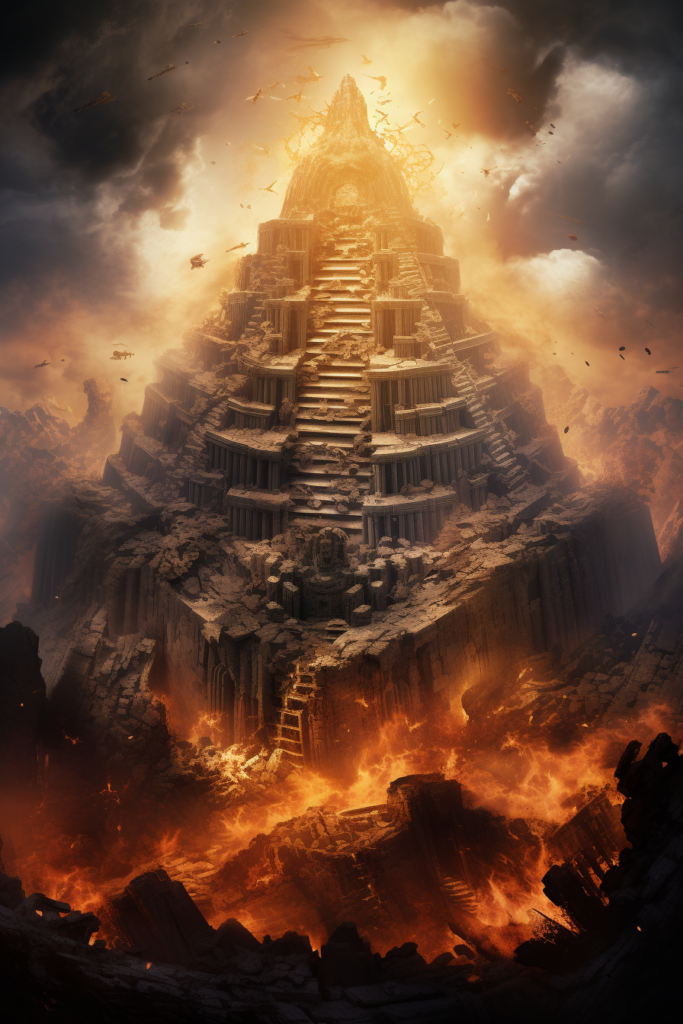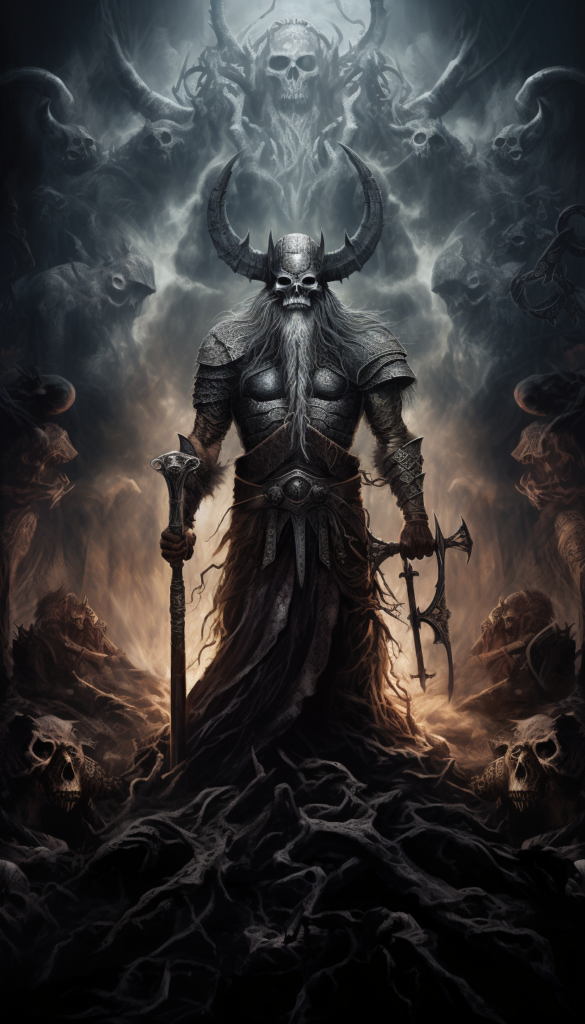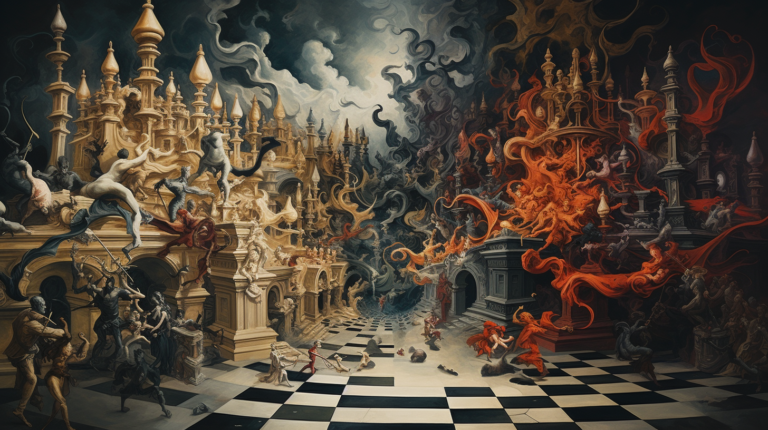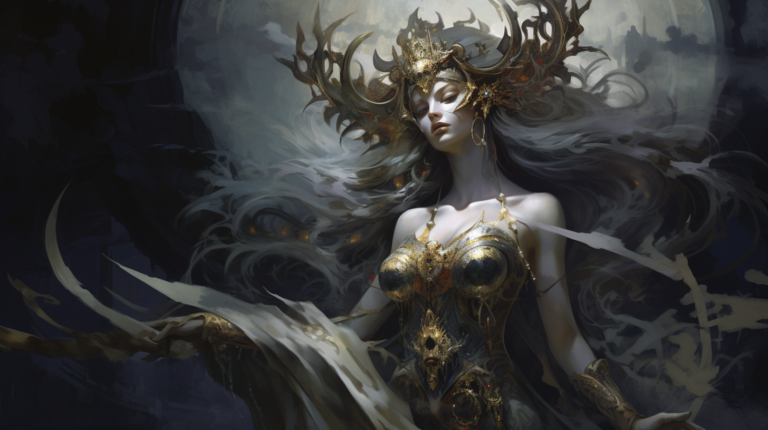Apocalyptic Visions: End of World Scenarios in World Religions
Introduction:
Throughout human history, diverse cultures and religions have pondered the ultimate fate of our world. Apocalyptic visions and end of the world scenarios have been a recurring theme in various belief systems, serving as cautionary tales, sources of hope, or reflections of existential anxieties. In this article, we will delve into different end of the world scenarios from world religions, highlighting prominent examples such as Christian Armageddon, Norse Ragnarok, and several others.
Christian Armageddon:
Christianity, one of the world’s largest religions, presents a vivid portrayal of the end of the world in the book of Revelation. Armageddon represents the final battle between good and evil, serving as a prelude to the Second Coming of Jesus Christ and the establishment of the Kingdom of God. This cosmic struggle takes place at the Valley of Megiddo in Israel, with intense conflict, plagues, natural disasters, and the ultimate triumph of righteousness. Christians anticipate this event with hope, believing it will lead to a new heaven and a new earth.

Norse Ragnarok:
Norse mythology, the ancient belief system of the Scandinavian people, depicts a dramatic and catastrophic end of the world known as Ragnarok. Ragnarok represents the twilight of the gods and the destruction of the existing cosmos. In this narrative, the world is set ablaze by the fire giant Surtr, monstrous creatures rise, and the gods engage in fateful battles that lead to their demise. However, from the ashes of destruction, a new world emerges, signifying renewal and the cyclical nature of existence.

Other End of World Scenarios:
End of the world scenarios and apocalyptic visions extend beyond Christianity and Norse mythology. Various world religions offer their interpretations, reflecting unique cultural and religious perspectives. Here are a few additional examples:
Buddhist Prophecy:
Buddhism predicts a period of moral decline and suffering, known as the Mappo or “degenerate age,” before the arrival of Maitreya, the future Buddha. Maitreya is believed to bring enlightenment and peace.

Zoroastrian Frashokereti:
Zoroastrianism envisions Frashokereti, a final renovation of the world. It is believed that good will ultimately triumph over evil, leading to a world of perfection and immortality.
Indigenous Prophecies:
Indigenous cultures have their own prophecies about the end of the world. For example, the Hopi people speak of signs marking the end of the current world and the emergence of a new one, while Aboriginal cultures in Australia have prophecies about a period of upheaval and renewal called the Dreaming.
Taoist Great Conjunction:
Taoism foresees the Great Conjunction, a cosmic event occurring every 3,600 years, bringing about a change in history and the rebirth of humanity towards harmony and balance.
Sikh Prophecy:
Sikhism teaches about the cycle of ages, with the Kal Yug representing spiritual darkness and moral decay. Sikh teachings emphasize personal spiritual growth and righteousness during this challenging period, leading to salvation and liberation.
Cthulhu:
Iä! Iä! Cthulhu fhtagn!! Ph’nglui mglw’nafh Cthulhu R’lyeh wgah’nagl fhtagn!!

Conclusion:
End of the world scenarios have captivated humanity throughout history, providing cautionary tales, glimpses of hope, and reflections on our existential concerns. Christian Armageddon and Norse Ragnarok stand as two compelling narratives among the multitude of end of the world scenarios found in world religions.
These scenarios, rooted in diverse cultural and religious beliefs, offer insight into our collective human desire to comprehend the mysteries of life and envision our place in the cosmos. While they differ in their specifics, they share a common thread of transformation and renewal. They inspire contemplation about our existence, the nature of the universe, and the potential for new beginnings. Ultimately, these end of the world scenarios remind us of the enduring human quest for meaning and purpose in the face of the inevitable uncertainty that surrounds us.




